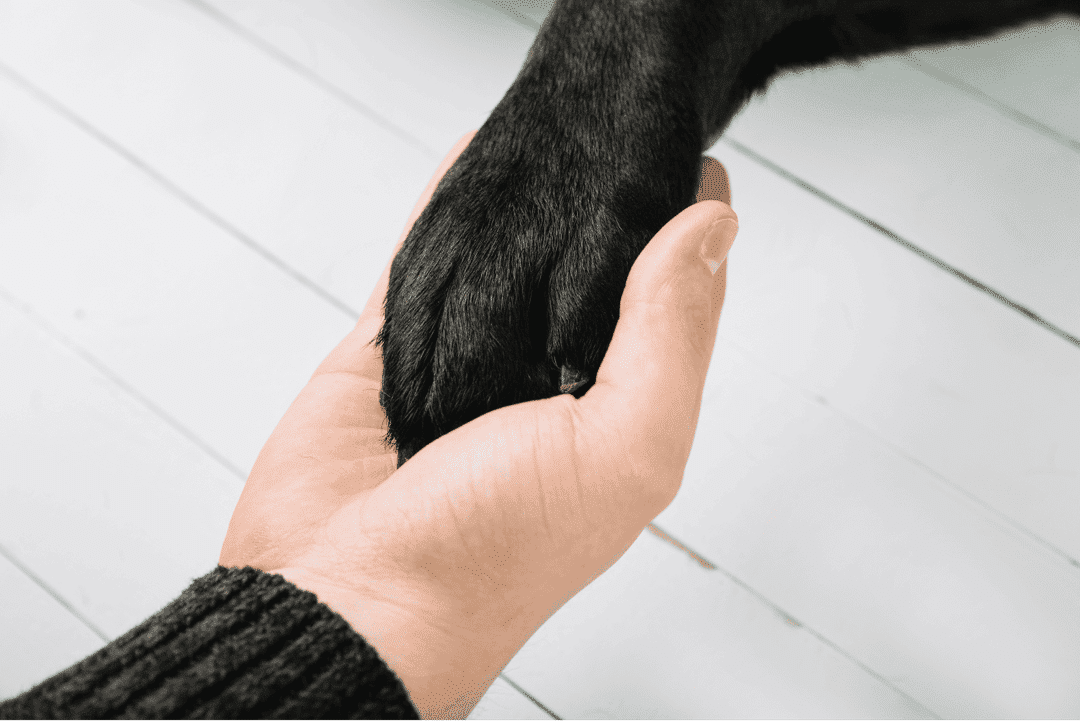
Health & Wellness
Exploring Sensitive Spots: Areas Dogs Dislike Being Touched
• 3 min read
Understanding a dog's preferences when it comes to physical touch is crucial for strengthening the bond between pets and their owners. While affectionate gestures are often appreciated, there are certain areas dogs may find uncomfortable or even stressful when touched.
Recognizing these sensitive spots can help prevent discomfort and foster a trusting relationship with your canine companion.
Sensitive Areas Dogs Typically Dislike Being Touched

Paws and Toes
Although a gentle caress may be tolerated, many dogs feel uneasy when their paws or toes are firmly grasped or manipulated. This reaction can be attributed to discomfort or even pain, especially in dogs with underlying joint issues or sensitivities in their paws. A dog's adverse reaction to paw handling could also hint at health issues with their hips or spine, necessitating a veterinary check-up.

Tail
The tail ranks highly among areas dogs generally dislike being touched. This aversion can stem from the tail's sensitivity or a dog's perception of tail touching as a dominant or threatening gesture. Unexpectedly grabbing a dog's tail, especially from behind where the dog can't see the approaching hand, can startle or scare them. Touching the tail may be interpreted by the dog as a form of dominance or control, potentially damaging the trust between pet and owner.

Individual Differences
It's important to note that dogs are individuals, and their tolerance for being touched in certain areas can vary widely. While one dog may enjoy head pats, another might find them unpleasant. Occasionally, a dog's dislike for being touched in a specific area could indicate pain or inflammation, so monitoring their reactions can provide essential insights into their well-being.
Dogs' reactions to being touched, especially in areas they find sensitive, can also depend on who is doing the touching. A dog might react differently to a familiar hand versus a stranger's touch, even in areas they typically don't mind.
Building a strong bond based on trust and respect with your dog can sometimes make them more receptive to being touched in areas they usually dislike.
Approaching Sensitive Areas
When it comes to touching a dog in their sensitive areas, a few guidelines can ensure the interaction remains positive:
Seek Permission First: Make eye contact and gently approach the area. This non-verbal communication can help gauge their openness to being touched.
Be Gentle: Always use a soft, gentle touch to avoid causing discomfort or anxiety.
Respect Their Limits: If your dog shows signs of discomfort, immediately stop. Respecting their boundaries is key to maintaining their trust and comfort.
In summary, while physical affection plays a significant role in the human-dog relationship, understanding and respecting a dog's boundaries is essential. Paying attention to how your dog reacts to being touched in various areas—and adjusting your behavior accordingly—can help ensure your interactions strengthen your bond rather than strain it.
Always remember, when in doubt, a gentle approach and keen observation of your dog's comfort levels are your best guides.
MMDC Team
Healthy Pet, Happy Pawrents 💛